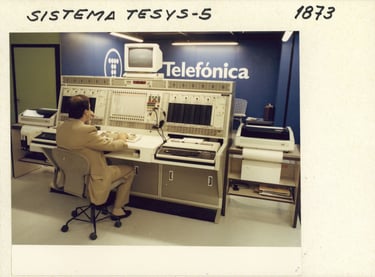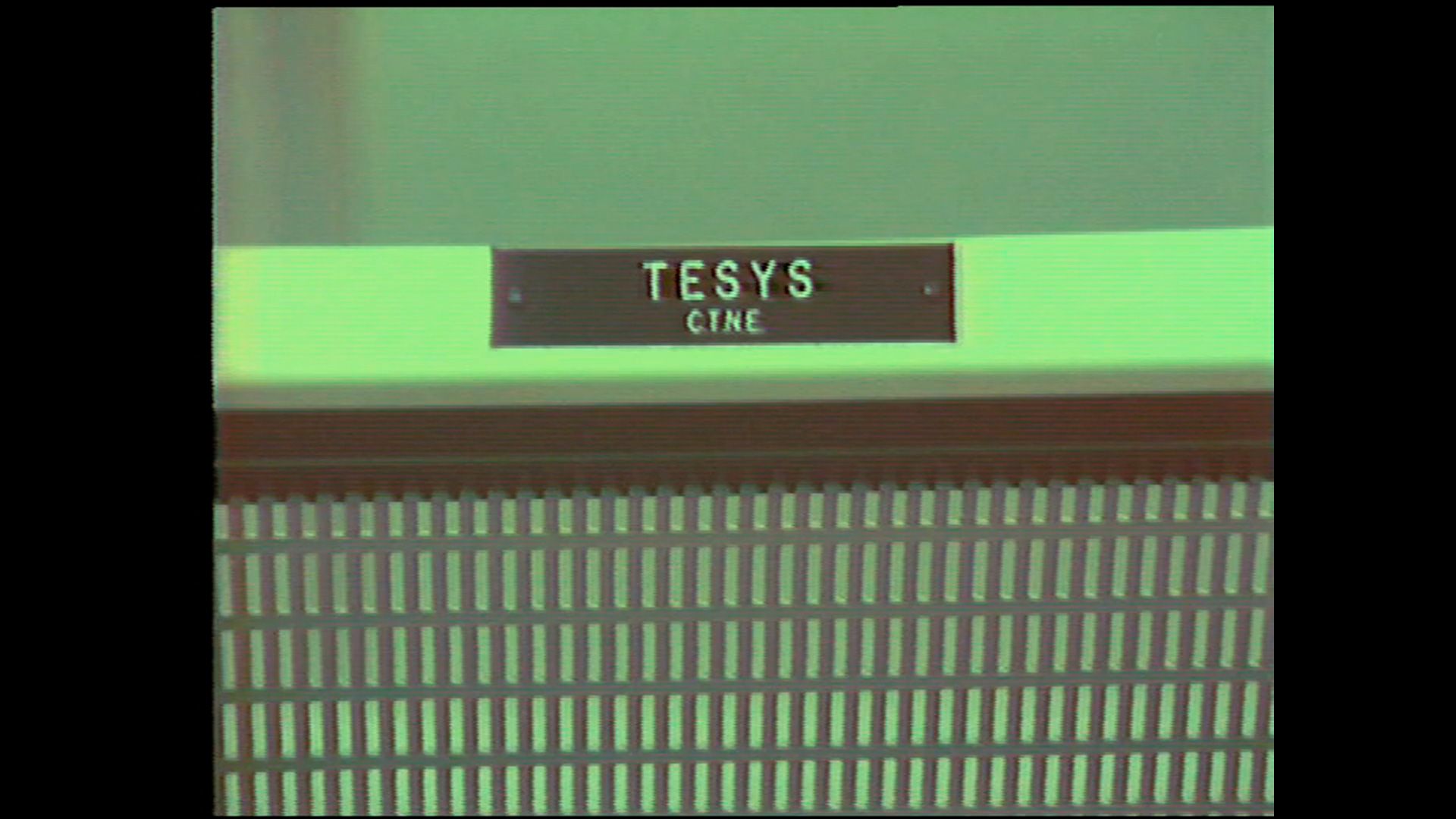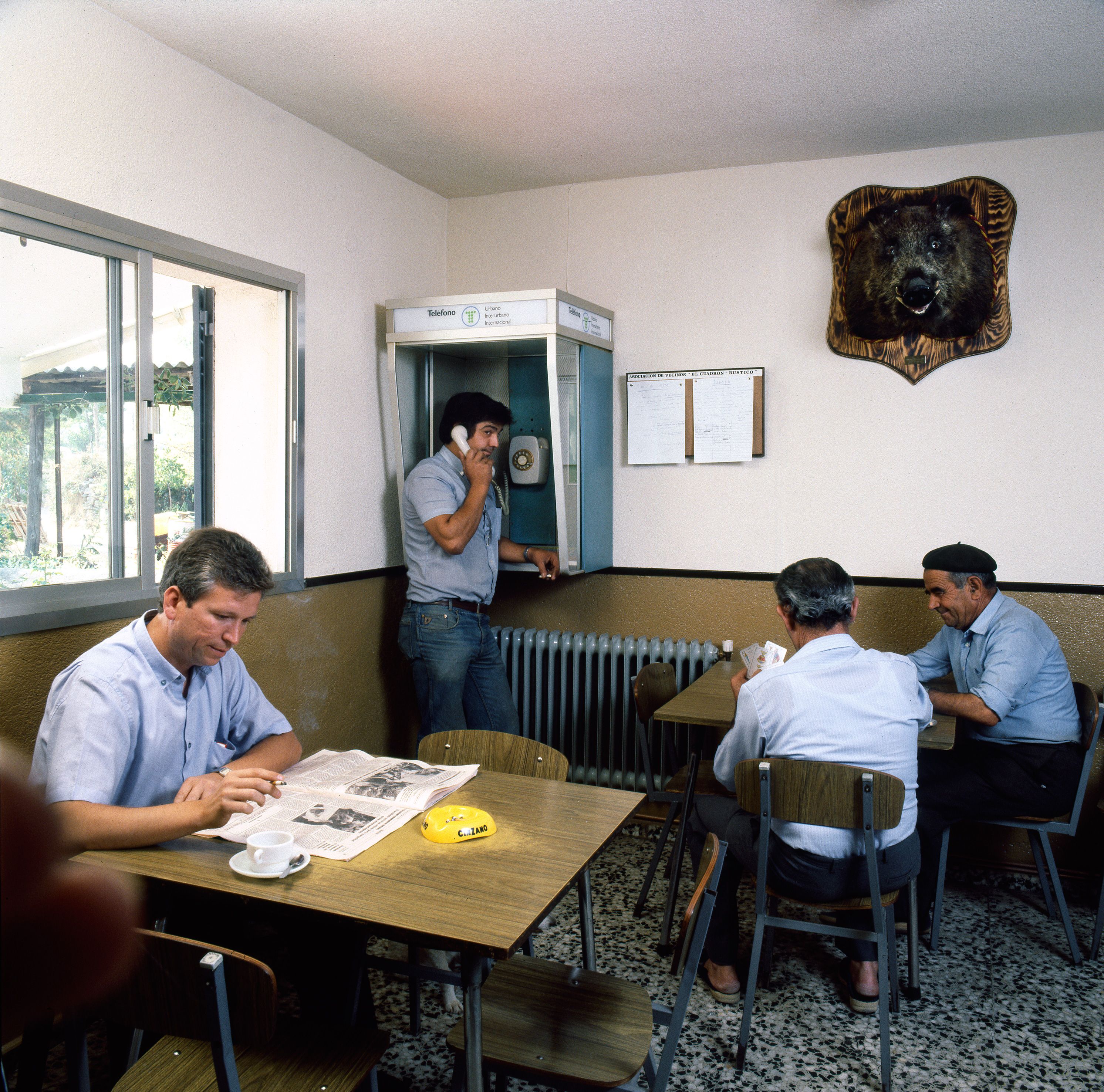
1978

Packet data switching, in which Telefónica was a pioneer, is embodied in the TESYS system, one of the great technological projects undertaken by the Spanish industry in the 20th century.
Telefónica presents its TESYS
01
With more than 10 million subscribers and data traffic pushing hard to advance, Telefónica begins the development of one of its great technological projects, perhaps one of the most pioneering and audacious in the history of communications in Spain. TESYS is a packet switching system developed by Telefónica together with the companies SECOINSA and SITRE (TeSyS) that brought together the highest dose of passion, enthusiasm and talent in living memory. Intensive work was carried out until 1982, when it was possible to introduce into the network an equipment, TESYS UNO, which obtained data to improve the system and finally, in 1985, to implement fully operational equipment. Having been the first, inventing your own protocol, the RSAN, had some consequences, those pioneering developments lagged behind in transmission speed a few decades later. But that does not take the shine off a project that put Telefónica and Spain at the forefront of the industry at European level.

First rural plan
02
Telefónica had already succeeded in meeting its telephone service extension obligations under its contract with the State. All the locations it had committed to connect were connected. But demand was growing, and the country's economic and social circumstances meant that the company could not be complacent. On 31 October 1978, the ministerial order was issued regarding the attention to the demand for telephone service in the outskirts and rural areas. And, with it, Telefónica's First Rural Plan, which brought service to towns with more than 300 inhabitants and at least one public telephone to even smaller towns.

10 million telephones
03
1978 was the year in which the milestone of 10 million active telephones (not lines, but connected terminals) was passed. Almost 300 new towns, villages, towns, cities and municipalities were connected to the Telefónica network in that year, and there were already 14,300 towns, villages, cities and municipalities connected to the Telefónica network. The province of Cáceres is included in the automation plan. It was also the year of the incorporation of more reliable and efficient semi-electronic exchanges.

Tesys Ríos Rosas
You must accept all cookies to see this content
Do you have doubts about what happened?
Ask Aura